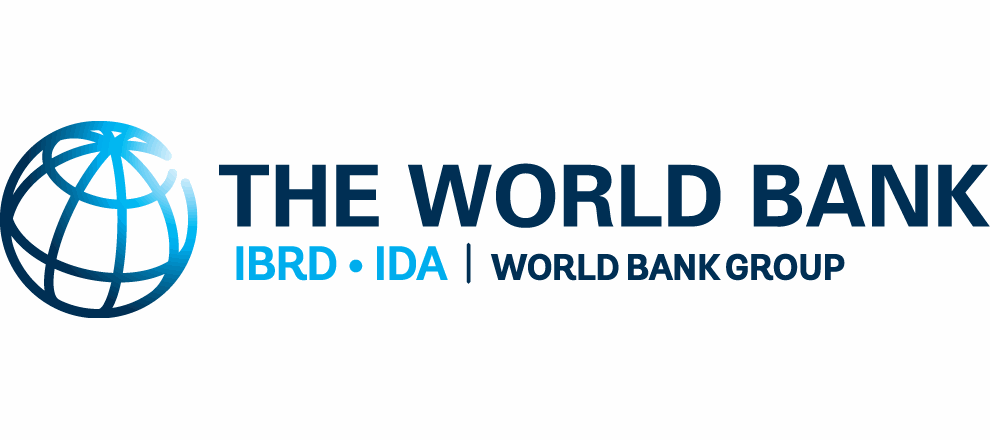World Bank cat bond potential: Jamaica, Mexico, Colombia, Peru & Caribbean wide

After it was reported that the World Bank targets a significant increase in the use of catastrophe bonds by its client countries, already a number of potential future World Bank cat bond deals are being discussed.
It was Bloomberg that first reported this quarter that the World Bank hopes to increase the volume of catastrophe bonds outstanding that it has facilitated and issued on behalf of clients from the current $1.02 billion to as much as $5 billion within five years.
There are a number of possible beneficiaries of future World Bank issued cat bonds that come to mind, some in terms of a renewal, others in terms of countries that have expressed a desire for more disaster insurance coverage.
The World Bank’s efforts in educating government’s and stakeholders about the catastrophe bond structure, what it means to secure collateralized protection from capital markets investors, as well as into transaction specifics such as parametric triggers, collateral and terms, have been ongoing for well over a decade now.
Countries are increasingly turning to insurance risk transfer products to protect their sovereign balance-sheets, as well as to secure efficient and fast-paying disaster risk financing to aid in recovery and reconstruction after catastrophe events occur.
Insurance instruments are also growing in stature on the global stage, even featuring in the latest text on loss and damage that will be sent to the upcoming COP 28 climate talks.
While initiatives like the Group of Seven’s (G7) Global Shield against Climate Risks and the World Bank’s Global Shield Financing Facility are helping to expand understanding of both insurance as a climate and disaster risk financing mechanism for countries and governments, as well as the catastrophe bond itself.
Perhaps the first new World Bank facilitated catastrophe bond that could come to market will be a renewal for Jamaica’s soon to mature IBRD CAR 130 cat bond.
That $185 million issuance is scheduled for maturity at the end of December 2023, suggesting a renewal is possible, although its questionable whether that will renew at the time of its maturity, or sometime in early 2024 before the next wind season if it remains solely a named storm cat bond for Jamaica.
Jamaican government officials have been extremely favourable in their views on the important role this cat bond plays for the country, of late, making a renewal seem more likely.
On the Jamaica catastrophe bond, there is also a possibility that a regional cat bond for the Caribbean could be a way forwards for the country as well.
A Caribbean regional catastrophe bond has been in discussion for some months, with the Jamaican government a particular proponent of it, so that could be a way we see Jamaica come back to market while other island nations in the Caribbean benefit as well.
It’s perhaps also worth mentioning here the recent agreement that has seen a number of parametric disaster insurance risk pools agree to explore reinsurance synergies and efficiencies, which would be interesting if that ended up in the cat bond market, with the Caribbean CCRIF one of the participants. This could also be another avenue for World Bank support of a cat bond issuance, we’d imagine.
The next most likely World Bank cat bond renewal and the next due, would be for Mexico, with the $485 million IBRD / FONDEN 2020 cat bond scheduled to mature in March 2024.
As we recently reported, the Mexican government was already budgeting for this catastrophe bond to be renewed next year and as a repeat sponsor of cat bonds since at least 2006, the government was already flagging the renewal within budget documents seen by Artemis.
Of course, the drivers to renew the Mexico cat bond may have become even more heightened in the wake of recent devastating hurricane Otis, which is set to drive a payout of one tranche from that cat bond, demonstrating again the importance of this disaster insurance protection for the country.
Two other countries are also exploring new catastrophe bonds with the help of the World Bank at this time, it has been reported, Colombia and Peru.
Both Colombia and Peru had cat bond coverage via a World Bank IBRD issuance before, as they were participants in the giant Pacific Alliance issuance back in 2018.
While both Mexico and Chile continued to tap the cat bond market, Colombia and Peru did not, but are now being discussed as potential sponsors of future World Bank facilitated cat bonds.
Both of these countries had been among those seeking expanded cat bond coverage, with additional weather or climatic perils added to any renewal, where before the Pacific Alliance multi-country issuance had been earthquake only.
As a result it will be interesting to see whether Colombia and Peru return for earthquake protection from any new World Bank cat bond that comes to market, or a wider coverage that features other perils as well.
Of course, there are no guarantees when it comes to sovereign catastrophe bond issuance and government priorities can change in an instant, meaning any pipeline of World Bank catastrophe bond deals could shrink, or expand, with those shifts in disaster risk management and financing strategy.
But it’s encouraging to see a number of potential avenues for more World Bank cat bonds to come to market, demonstrating that the catastrophe bond continues to occupy an important position in government conversations about natural catastrophe risk.






